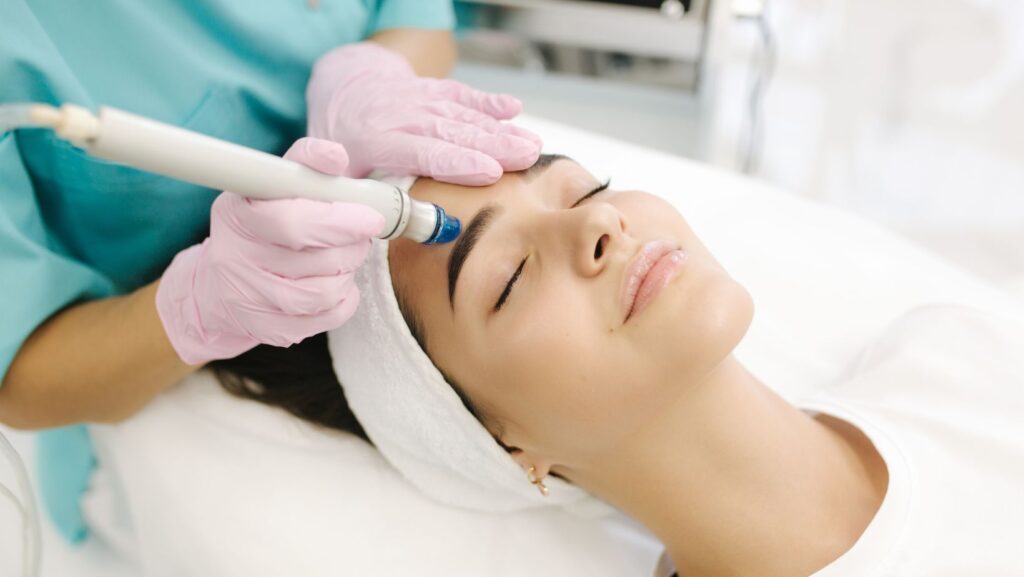
Regular dermatology check-ups are important for maintaining skin health and catching potential issues early. From new moles and skin lesions, rashes and skin irritations, new discolorations, persistent pain or itching, worsening acne, and more, checking in to get a professional evaluation is crucial to maintaining good health.
In this blog post, we’ll take a look at 7 warning signs you shouldn’t ignore between dermatology check-ups.
1. Changes in Moles or Skin Lesions
If you notice signs of changes in moles or skin lesions such as increased size, shape, color, or texture, it should be brought to the attention of your dermatologist. Look for the development of new moles or lesions, itchiness, bleeding, or pain, or existing moles that start to evolve in any way. As these may be potential signs of skin cancer, they should be evaluated promptly by a dermatologist.
2. Persistent Skin Irritations or Rashes
While some skin conditions may take time to heal, persistent skin irritations, such as rashes or unusual patches of dry, scaly, or inflamed skin that don’t improve or respond to treatments should be carefully evaluated by a dermatologist. These symptoms can point to a number of conditions including eczema or psoriasis that may require professional diagnosis and treatment.
3. New or Worsening Skin Discoloration
Skin discoloration may appear through pigmentation, birthmarks, or medical conditions. Be aware of any new or worsening areas of skin discoloration, including dark patches, redness, or sudden changes in pigmentation.

These changes could be signs of various underlying skin conditions such as melanoma, vitiligo, or dermatitis, and should be assessed by a dermatologist for diagnosis and treatment.
4. Persistent Itching or Pain
Itching, pain, and discomfort can be triggered by allergies, skin conditions, bites, and more. However, if you are experiencing persistent itching or pain in specific areas of the body, it should not be ignored. These symptoms could point to underlying skin problems, including infections, allergic reactions, or nerve damage, requiring medical evaluation and treatment.
5. Changes in Nail Health
Nail health is important and can be an indicator of overall well-being. Pay attention to changes in the appearance and texture of nails, including discoloration or separation from the nail bed, which can be a warning sign of underlying health issues such as fungal infections or psoriasis. If you notice any significant changes in your nail health, contact your dermatologist for a professional evaluation.
6. Hair Loss
Routine hair shedding is a normal process for people of all ages. According to the American Academy of Dermatologists, it’s normal to lose anywhere from 50 to 100 strands of hair per day. If you are experiencing significant hair loss or thinning, it may be a sign of underlying scalp conditions, hormonal imbalances, or autoimmune disorders. Consulting your dermatologist and maintaining regular dermatology check-ins will enable your provider to offer the best treatment options.
7. Persistent Acne or Breakouts
As the most common skin condition in the United States, acne affects up to 50 million Americans annually. While many people experience occasional breakouts, persistent or severe acne that doesn’t improve with over-the-counter or prescribed treatments may require a reevaluation by your doctor. With access to the latest treatment options and procedures, your dermatologist can provide personalized care to address acne and minimize scarring and related complications.

While it may be tempting to shrug off or disregard certain warning signs such as poor nail health, itchiness, or hair loss, it is important to be vigilant about changes in your skin health and seek medical attention accordingly. Through early detection and appropriate skin treatment, you will enjoy better outcomes and improved overall skin health.










